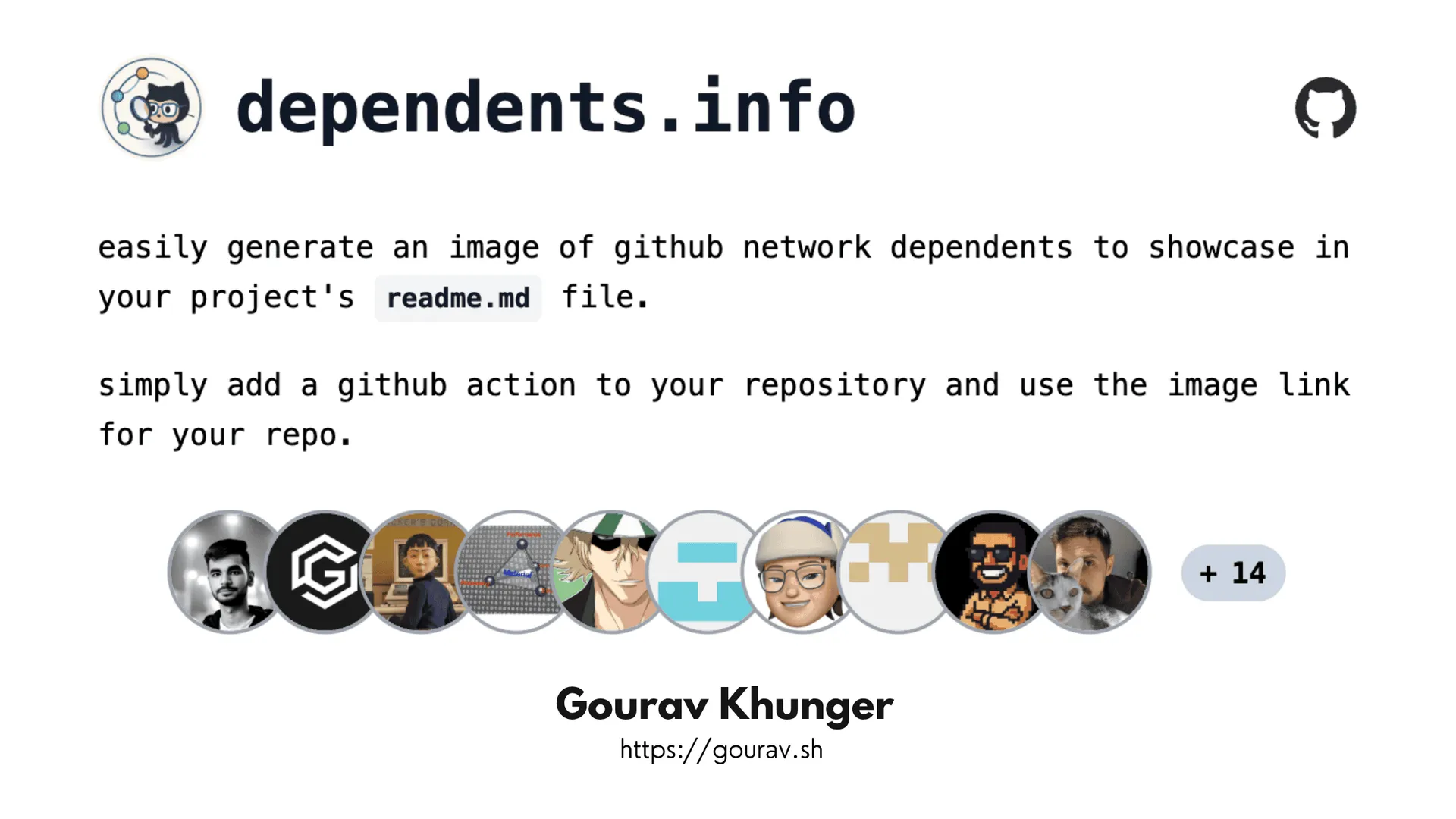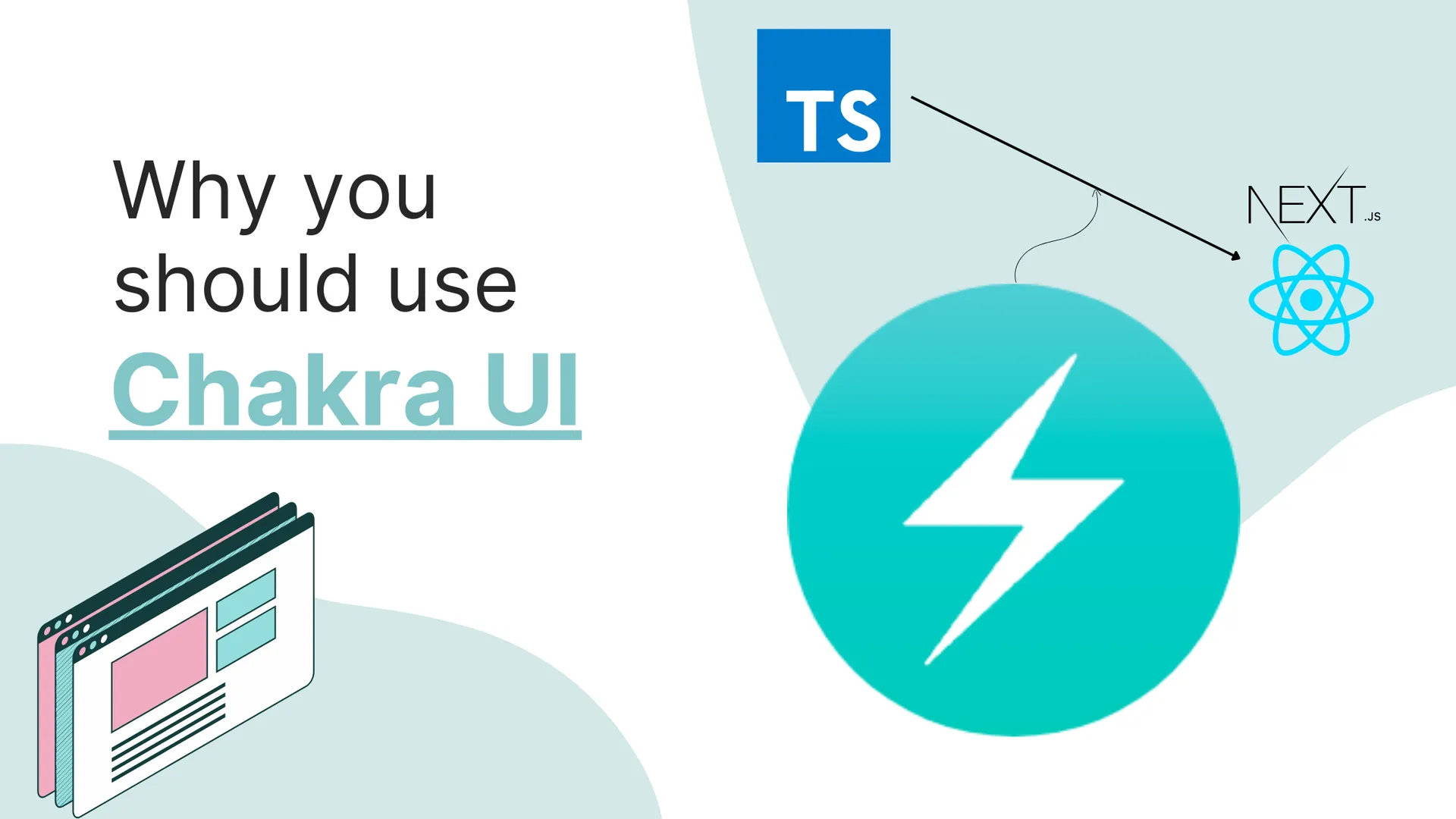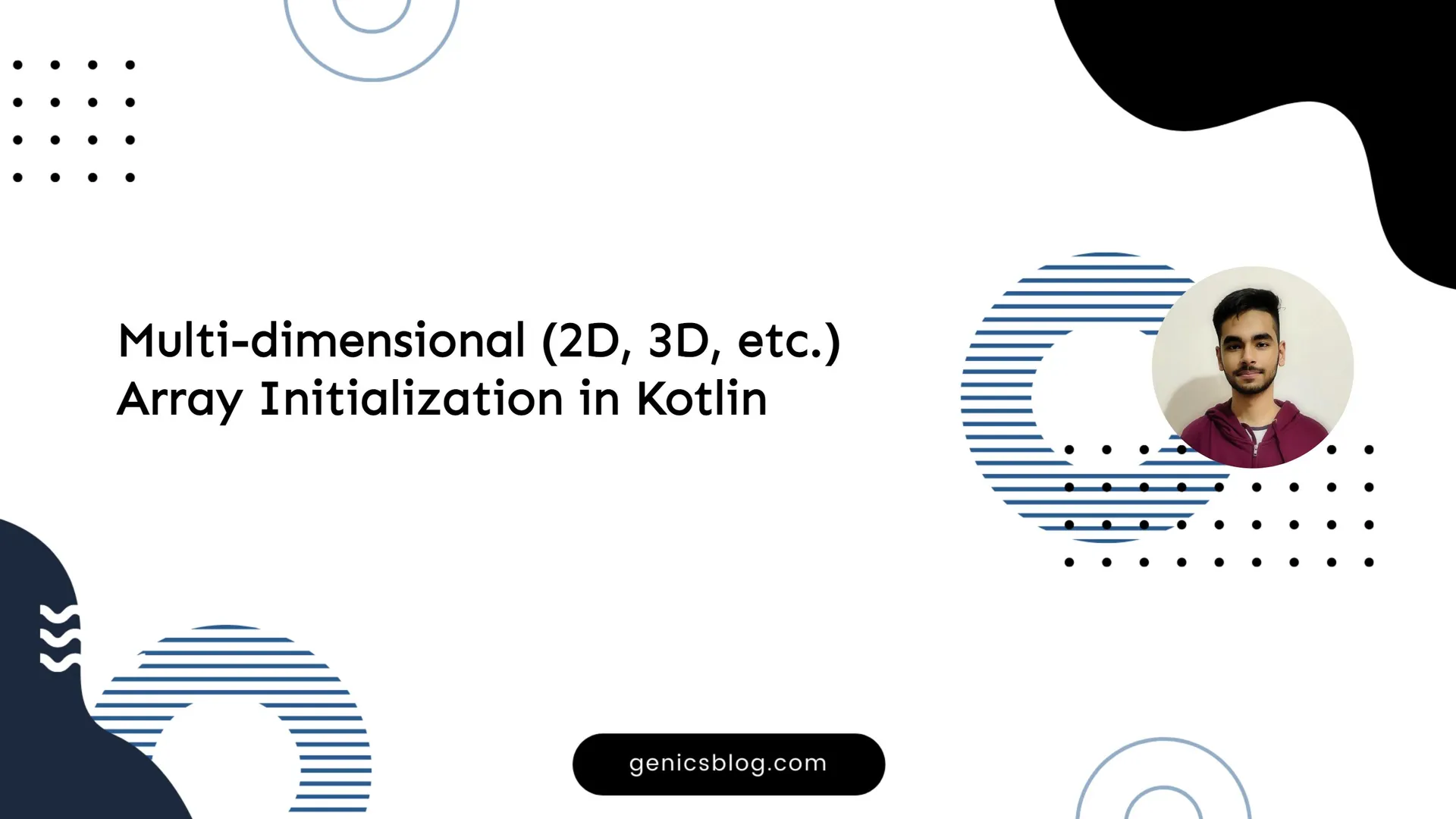For years, Android developers have relied on SharedPreferences for persisting key-value pairs, but it comes with several limitations—synchronous execution, lack of proper error handling, and no clear mechanism for handling large or complex data. With Android Jetpack, Google introduced DataStore, a modern and robust solution designed to replace SharedPreferences while offering better efficiency and scalability.
In this article, we will explore how to migrate from SharedPreferences to Jetpack DataStore using a clean and type-safe Kotlin generics based approach.
If you prefer a video tutorial instead, do check out this YouTube video I made recently:
Why Jetpack DataStore?
Jetpack DataStore provides two solutions for key-value data persistence:
- Preferences DataStore (similar to SharedPreferences but with better async support)
- Proto DataStore (uses protocol buffers for type safety)
In this guide, we’ll focus on Preferences DataStore, which allows us to work with key-value pairs just like SharedPreferences but in a more modern, scalable way.
Key Benefits of DataStore:
- Asynchronous & Coroutine-friendly: Unlike SharedPreferences, DataStore is designed for Kotlin coroutines, preventing UI thread blocking.
- Type Safety: Proto DataStore ensures strong type safety with protocol buffers.
- No UI Freezes: Since DataStore runs asynchronously, there are no UI freezes, even when working with large datasets.
- Single Source of Truth: Designed for a unidirectional data flow pattern, making state management easier.
Migrating from SharedPreferences to DataStore
Let’s assume we previously used SharedPreferences for managing settings in our Android app. Below is a typical Settings class using SharedPreferences in a generic way:
class Settings(context: Context) {
private val sharedPreferences = PreferenceManager.getDefaultSharedPreferences(context)
fun <T> get(setting: Setting): T {
return when (val type = setting.defaultValue) {
is SettingType.IntValue -> sharedPreferences.getInt(setting.key, type.value) as T
is SettingType.FloatValue -> sharedPreferences.getFloat(setting.key, type.value) as T
is SettingType.StringValue -> sharedPreferences.getString(setting.key, type.value) as T
is SettingType.BooleanValue -> sharedPreferences.getBoolean(setting.key, type.value) as T
}
}
fun <T> set(setting: Setting, value: T) {
with(sharedPreferences.edit()) {
when (value) {
is Float -> putFloat(setting.key, value)
is String -> putString(setting.key, value)
is Boolean -> putBoolean(setting.key, value)
}
apply()
}
}
}
where SettingType is a sealed class that holds the underlying data classes:
sealed class SettingType {
inline fun <reified T> get(): T {
return when (this) {
is IntValue -> value as T
is FloatValue -> value as T
is StringValue -> value as T
is BooleanValue -> value as T
}
}
data class IntValue(val value: Int) : SettingType()
data class FloatValue(val value: Float) : SettingType()
data class StringValue(val value: String) : SettingType()
data class BooleanValue(val value: Boolean) : SettingType()
}
We can define an enum class that uses this sealed class SettingType to define preferences that can be used throughout the app:
enum class Setting(val key: String, val defaultValue: SettingType) {
USER_NAME("user_name", SettingType.StringValue("John Doe")),
}
This approach works but it is synchronous and lacks structured error handling. Now, let’s migrate this to Jetpack DataStore. And specifically, Preference DataStore.
Step 1: Add Dependencies
Open your build.gradle.kts file and add the DataStore dependency:
dependencies {
implementation("androidx.datastore:datastore-preferences:1.1.2")
}
Then, sync your project after adding the dependencies.
Step 2: Setting Up DataStore
Unlike SharedPreferences, DataStore requires defining an extension property in the Context class. This helps in initializing it properly.
val Context.dataStore: DataStore<Preferences> by preferencesDataStore(name = "settings")
Step 3: Create a Generic Preferences Manager
We’ll now create a type-safe generic manager for handling different data types using Kotlin generics.
Define a Generic Preference Class
import androidx.datastore.preferences.core.Preferences
import androidx.datastore.preferences.core.booleanPreferencesKey
import androidx.datastore.preferences.core.intPreferencesKey
import androidx.datastore.preferences.core.stringPreferencesKey
// ...
sealed class Preference<T>(val key: Preferences.Key<T>, val defaultValue: T) {
companion object {
val USER_NAME = Preference(stringPreferencesKey("user_name"), "John Doe")
}
}
Here we map the same Settings enum from the previous SharedPreferences example to something better. Notice how our code is already shorter and we don’t need a SettingType sealed class anymore.
Let’s create our generic class to get and set the Settings through DataStore.
Create a Generic Settings class
import android.content.Context
import androidx.datastore.preferences.core.edit
import kotlinx.coroutines.flow.Flow
import kotlinx.coroutines.flow.map
class Settings(private val context: Context) {
fun <T> get(preference: Preference<T>): Flow<T> {
return context.dataStore.data.map { preferences ->
preferences[preference.key] ?: preference.defaultValue
}
}
suspend fun <T> set(preference: Preference<T>, value: T) {
context.dataStore.edit { settings ->
settings[preference.key] = value
}
}
}
Step 4: Using DataStore in an Activity or ViewModel
Now, let’s integrate DataStore into our UI. Here’s an example on how to update a value in the DataStore from a ViewModel:
class MainViewModel(private val settings: Settings) : ViewModel() {
val trimLogs: Flow<Boolean> = settings.getPreference(Preference.TrimLogs)
fun updateTrimLogs(enabled: Boolean) {
viewModelScope.launch {
settings.setPreference(Preference.TrimLogs, enabled)
}
}
}
And in your activity:
class MainActivity : AppCompatActivity() {
private val settings by lazy { Settings(this) }
override fun onCreate(savedInstanceState: Bundle?) {
super.onCreate(savedInstanceState)
setContentView(R.layout.activity_main)
lifecycleScope.launch {
settings.getPreference(Preference.TrimLogs).collect { trimLogs ->
Log.d("DataStore", "Trim Logs: $trimLogs")
}
}
}
}
Using in a Composable
Using the Settings class in a composable is easy too:
@Composable
fun MyComposable(settings: Settings) {
val trimLogs by settings.getPreference(Preference.TrimLogs).collectAsState(initial = false)
// Use trimLogs in your UI
}
Wrapping Up
In this guide, we successfully migrated from SharedPreferences to Jetpack DataStore using a clean and generic approach. The new implementation is fully asynchronous, type-safe, and avoids UI-blocking operations.
Key Takeaways
- Jetpack DataStore is the modern replacement for SharedPreferences.
- Using Kotlin generics, we can create a flexible and reusable preference manager.
- DataStore works seamlessly with coroutines and Flow for reactive programming.
If you’re building an Android app in 2025, DataStore is the recommended solution for managing persistent key-value data. 🚀
Have thoughts or questions? Drop a comment below!
Happy coding! 🎉
![Android Jetpack DataStore Tutorial 2025 [Kotlin Generics Way]](https://ik.imagekit.io/genicsblog/tr:w-1920,h-1080,f-webp/https://i.ytimg.com/vi_webp/1zXwaySv2JM/maxresdefault.webp)







